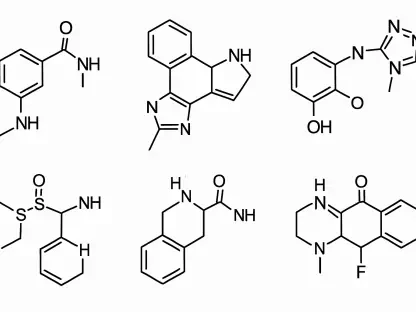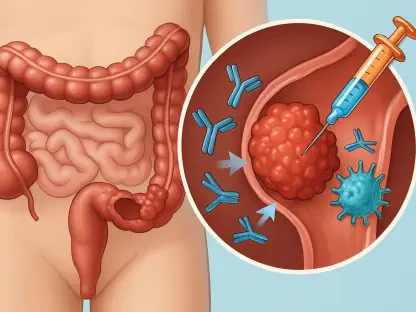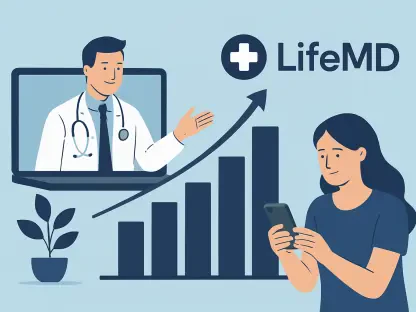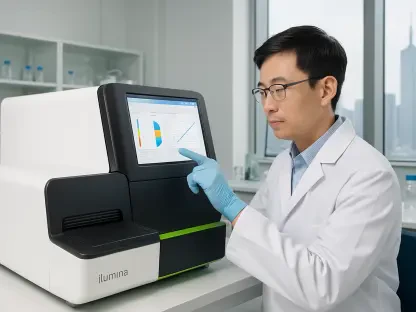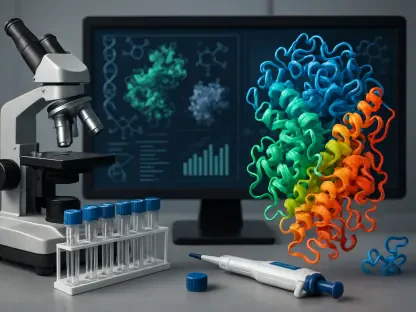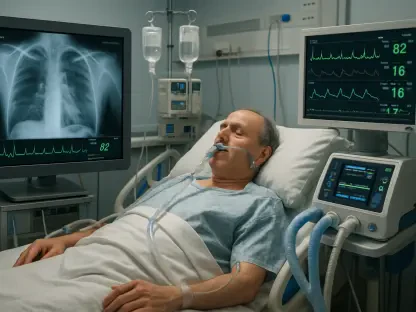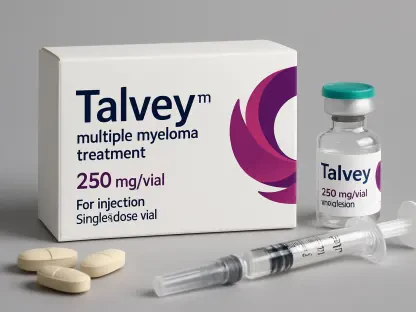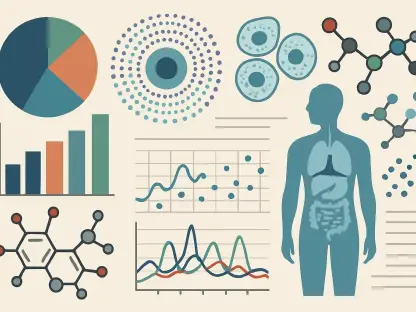In a quiet lab at the Cleveland Clinic, researchers have uncovered a startling statistic that could change how millions view their health: up to 5% of Americans—around 17 million people—may carry genetic mutations linked to a heightened risk of cancer, a revelation that shatters long-held beliefs about who is truly at risk. What if the danger isn’t limited to those with a family history, but hides in the DNA of everyday individuals, undetected and unaddressed?
This finding, drawn from a massive study involving over 400,000 participants, signals a critical turning point in cancer prevention. It’s not merely about numbers; it’s about the urgent need to rethink how genetic risks are assessed and addressed in healthcare. With cancer remaining a leading cause of death in the United States, this research underscores a gap between current practices and the reality of widespread genetic vulnerabilities, pushing for a broader approach to screening and early detection.
A Shocking Discovery in Genetic Research
Deep within the data of the National Institutes of Health’s All of Us Research Program, scientists identified over 3,400 unique mutations across more than 70 cancer-related genes. The scale of this analysis reveals a hidden truth: genetic predispositions to cancer are far more common than previously assumed. For many, this risk lurks silently, with no warning signs or family patterns to raise suspicion.
What makes this discovery particularly alarming is how many of these individuals fall outside traditional high-risk categories. Current guidelines often limit genetic testing to those with clear indicators, such as relatives diagnosed with cancer. Yet, this study suggests that such narrow criteria miss a significant portion of the population who carry dangerous variants, leaving them unaware and unprotected.
The implications ripple beyond individual health, challenging the very framework of medical protocols. If millions are at risk without knowing it, the urgency to expand testing and awareness becomes undeniable. This isn’t just a scientific breakthrough; it’s a call to action for a system that has underestimated the scope of genetic threats for too long.
The Hidden Scale of Cancer Vulnerability
Cancer continues to cast a long shadow over American lives, claiming countless victims each year as a top cause of mortality. While advancements in treatment have saved many, the ability to predict and prevent the disease has lagged behind, often tethered to outdated assumptions about risk factors. This gap in understanding has left a vast number of people vulnerable to a threat they don’t even know exists.
The recent findings highlight that genetic mutations linked to cancer aren’t rare anomalies but a widespread concern affecting an estimated 17 million Americans. Previous research by the same team showed that genetic risk for melanoma was 7.5 times higher than national estimates, a pattern of underestimation that appears across various cancer types. Such stark discrepancies reveal how much has been overlooked in routine assessments.
This isn’t a distant problem but an immediate concern for public health. As genetic research accelerates, the data demands a shift in focus from reactive treatment to proactive identification. The question now is how quickly healthcare systems can adapt to address a risk that is far more pervasive than anyone anticipated.
Voices From the Cutting Edge of Science
On the front lines of this research, Dr. Joshua Arbesman, a dermatologist deeply invested in cancer prevention, stresses the power of early intervention. “Regular screenings like mammography or colonoscopy remain the strongest tools for catching cancer early, regardless of background or family history,” he notes. His perspective cuts through the complexity, emphasizing a universal need for vigilance.
Echoing this urgency, co-researcher Dr. Ying Ni points to the importance of unbiased data in reshaping cancer strategies. “Understanding the true prevalence of these genetic variants in the general population is critical to assessing risk across all demographics,” she explains. Her focus on inclusivity highlights how past studies, often skewed by limited sample groups, may have distorted the full picture of genetic dangers.
Together, their insights—backed by rigorous analysis of thousands of mutations—paint a compelling case for change. Their work isn’t just about identifying risks; it’s about ensuring that no one is left behind in the fight against cancer due to outdated biases or narrow testing scopes. This expert perspective adds a human dimension to the data, grounding the urgency in real-world impact.
Redefining Who Is at Risk
One of the most unsettling takeaways from this study is how many at-risk individuals don’t fit the typical profile. A person with no family history of cancer might assume they’re safe, only to carry a mutation that significantly raises their odds of developing the disease. This disconnect between perception and reality is a glaring flaw in current medical guidelines.
Consider the case of a hypothetical patient: a 40-year-old with no apparent risk factors, who under existing protocols wouldn’t qualify for genetic testing. Yet, if tested, they might discover a variant linked to breast or colon cancer, allowing for preventive measures that could save their life. Such scenarios illustrate why the push for broader screening criteria is not just academic but deeply personal.
The evidence suggests that relying solely on family history or visible risk factors is no longer sufficient. As genetic testing becomes more accessible and affordable, the opportunity to identify hidden dangers grows. This shift could redefine how entire populations approach their health, moving toward a model where prevention is as routine as a yearly checkup.
Steps Toward a Safer Tomorrow
Armed with these findings, there are concrete actions that can bridge the gap between risk and prevention. First, advocating for genetic testing should become a priority, even for those who don’t appear to be at high risk. Discussing this option with healthcare providers can uncover hidden vulnerabilities, especially as costs for such tests continue to decline.
Equally important is a commitment to routine cancer screenings, such as mammograms or colonoscopies, regardless of perceived risk. These procedures remain a cornerstone of early detection, often catching issues before symptoms arise. Making them a regular part of healthcare, rather than a reaction to warning signs, can dramatically improve outcomes for countless individuals.
Finally, staying informed about evolving guidelines is essential as researchers work toward a comprehensive list of cancer susceptibility genes, expected to refine screening protocols over the next few years, from 2025 to 2027. Engaging in conversations with medical professionals about personalized plans ensures that emerging science translates into practical protection. These steps empower everyone to confront genetic risks head-on, transforming uncertainty into actionable defense.
Looking back, the groundbreaking research from the Cleveland Clinic stood as a turning point in how cancer risk was understood. It revealed that millions of Americans carried genetic mutations they never suspected, prompting a reevaluation of who needed testing and care. The push for wider genetic screening and consistent checkups gained momentum, driven by the realization that early action saved lives. Reflecting on this moment, it became clear that the path forward lay in embracing innovation—ensuring that healthcare evolved to meet the scale of hidden risks with precision and urgency.


